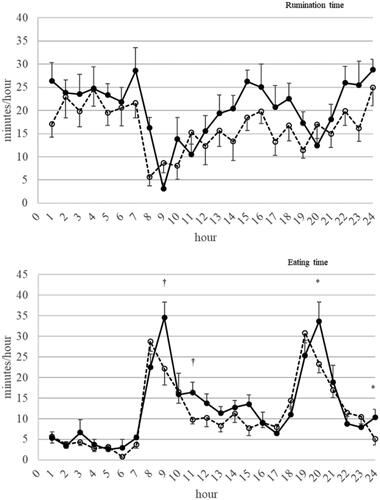Figures & data
Figure 1. Average diurnal patterns of temperature-humidity index (THI) during first period (thermoneutral conditions, FRESH) and during the second period (heat stress condition, STRESS) in Experiment 1.
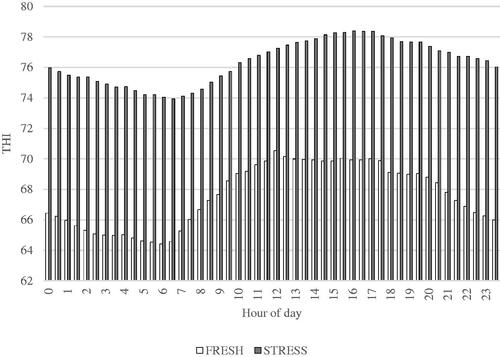
Figure 2. Average diurnal patterns of temperature-humidity index (THI) during heat stress (HEAT) of PERIOD 1 and PERIOD 2 in Experiment 2.
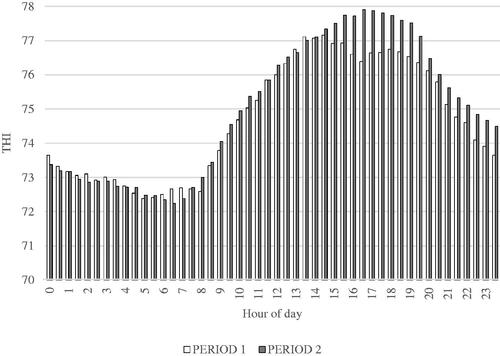
Figure 3. Average diurnal patterns of temperature-humidity index (THI) during cooling (COOLED) of PERIOD 1 and PERIOD 2 in Experiment 2.
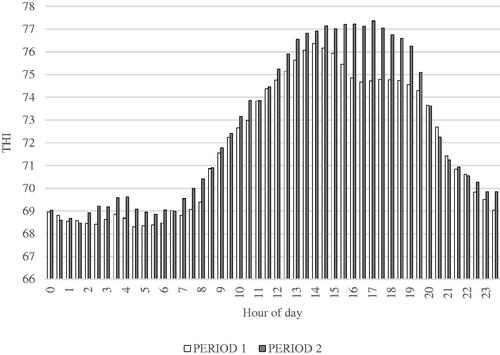
Table 1. Effect of heat stress on rectal temperature, milk yield and dry matter (DM) intake of dairy cows (Experiment 1).
Table 2. Effect of heat stress on feeding behaviour of dairy cows (Experiment 1).
Figure 4. Mean ± SEM of rumination and eating time (min/h) in FRESH (dairy cows at thermoneutral condition; solid line) and STRESS (dairy cows under heat stress; dotted line) period. A mixed model analysis for repeated measures showed that the experimental period (FRESH, STRESS) × hour of the day interaction tended to be significant (p = .06) and significant (p < .01) for rumination and eating time, respectively. Pairwise comparisons between periods within specific hour of the day were reported. Experiment 1. † = p < .10; * = p < .05.
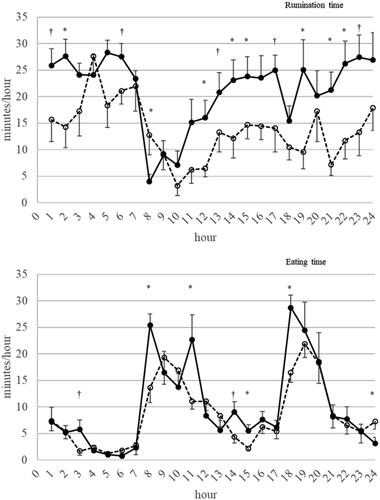
Table 3. Effect of heat stress on rectal temperature, milk yield and dry matter (DM) intake of dairy cows (Experiment 2).
Table 4. Effect of heat stress on feeding behaviour of dairy cows (Experiment 2).
Figure 5. Mean ± SEM of rumination and eating time (min/h) in COOLED (dairy cows cooled with the use of a sprinkler system; solid line) and HEAT (dairy cows under heat stress; dotted line). A mixed model analysis for repeated measures showed that the treatment (COOLED, HEAT) × hour of the day interaction was not significant (p > .10) for rumination time, but significant (p < .01) for eating time. Pairwise comparisons between treatments within specific hour of the day were reported. Experiment 2. † = p < .10; * = p < .05.
